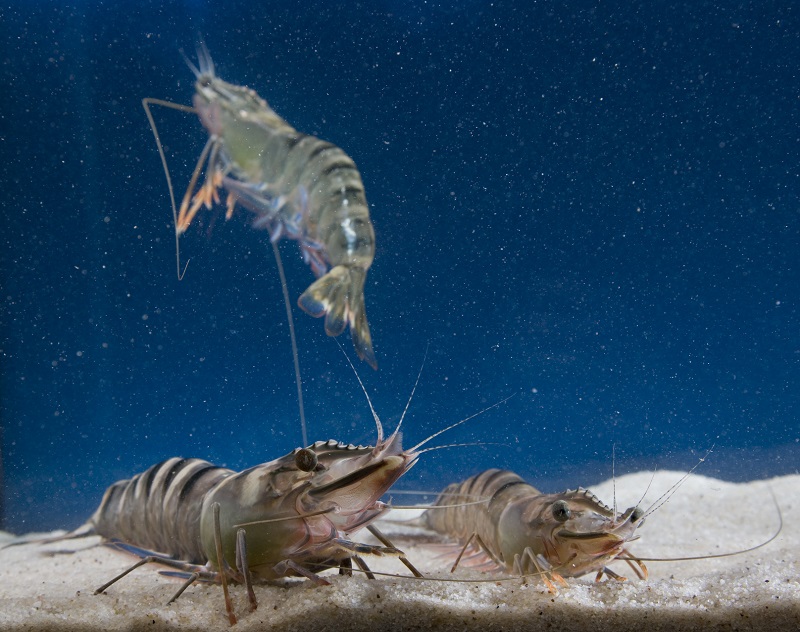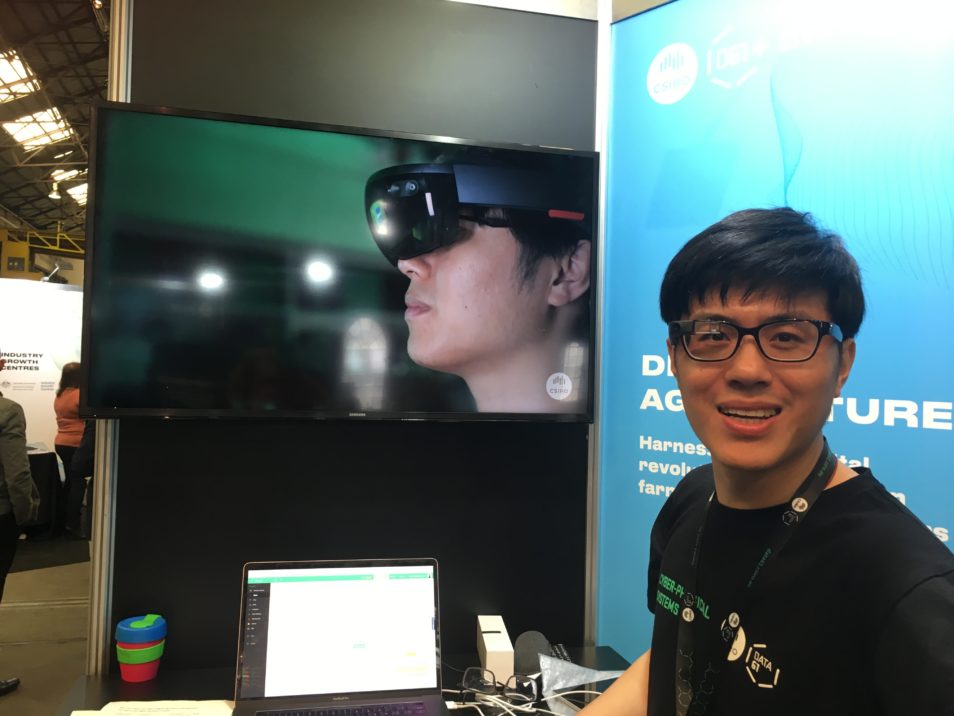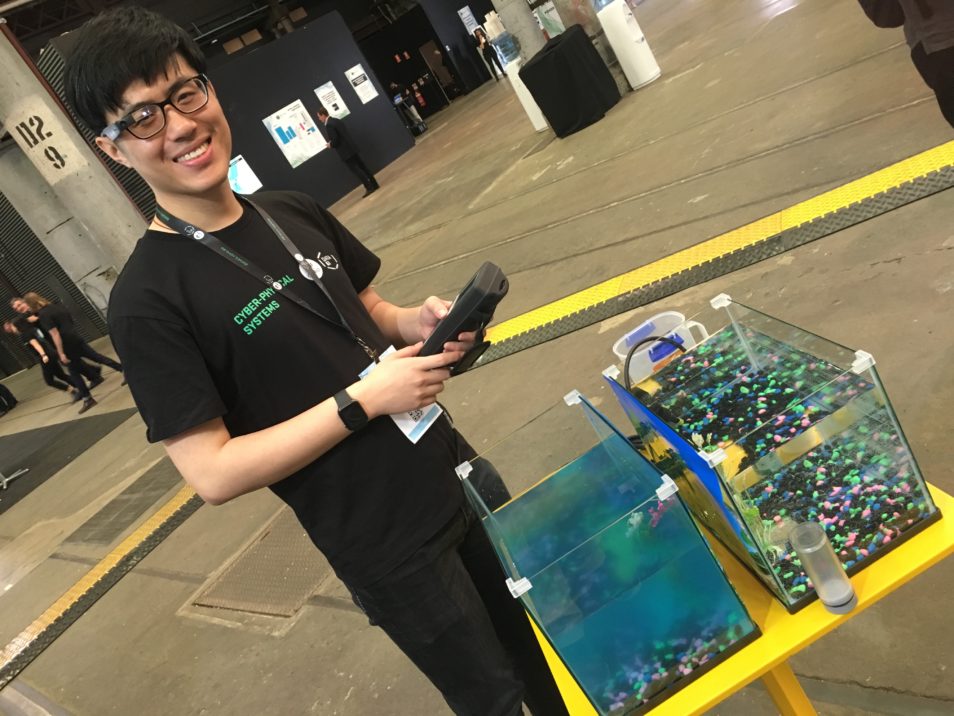
We’re helping farmers so you can throw more prawns on the barbie.
Aussies love their prawns and we grow some of the best and biggest prawns in the world. Our prawn farming industry is one of the most productive. However, continuing to improve productivity is important for the whole agriculture industry.
Ever heard the saying that fast food companies actually deal in real estate? Well, prawn farmers tell us that they don’t actually farm prawns, they farm water quality.
Farmers spend a lot of time and effort monitoring their ponds and making sure the water conditions keep their prawns healthy and thriving. Currently, monitoring water quality for most farms is very slow and labour intensive. Farm staff measure quality parameters such as pH, dissolved oxygen and turbidity, record it, then get to see it later in the office. It can mean big delays in being able to see important trends in the data. Whereas water quality can change from healthy to unhealthy in just a matter of hours.
Prawn farming: level up
Enter popular gaming platforms, coupled with high-tech water quality sensor technologies, next-generation data interaction techniques and our smart analytics.
State-of-the-art wearable and hands-free technologies are changing the game. Wearing this tech while walking around and managing ponds gives farmers immediate pond-side understanding of key water quality parameters and trends.
This could give them the information they need to better understand the water quality challenges of their ponds and manage animal health and feed inputs. With the new tech they could even share the visuals in real time with managers in the office, or external stakeholders, for faster input.

Mingze Xi showing two augmented technology systems we’ve tested in prawn farming (you can just see one of the systems sitting over his right eye).
Showcasing our tech at Dat61+ Live
Last week Australia’s premier science, technology and innovation event, D61+ Live, took place in Sydney.
To demonstrate how our system works, we had two small fish tanks. The first filled with a sports drink and salt and the second with plain Sydney tap water. This was to create slightly different water quality between the tanks. We had a sensor showing the pH, dissolved oxygen and temperature. Don’t worry – no prawns were harmed in the making of this demonstration. We didn’t have any real prawns as the water parameters would have been too low for them to survive.

Mingze demonstrating the technology at D61+Live in Sydney this month.
Postdoctoral Fellow Mingze Xi used voice commands to have the system read the handheld sensor and show trends in the water quality data. He projected his first-person view onto a monitor so visitors could see as well. While doing this, the readings were loading into our cloud-based Senaps data platform. Which, in a real farm scenario, will let pond conditions instantly be viewed back in the office by other people.
Postdoctoral Fellow Joel Dabrowski also displayed our work on a forecasting application. The application takes live sensor data captured in ponds and uses machine learning to forecast key water quality variables 24 hours into the future. It will help the farmers get early notification if the water quality starts to change for the worse.
Using such technologies is a world first for prawn farming, and we plan on expanding into other complex agricultural environments soon.
Keen to know more? Read our media release.

